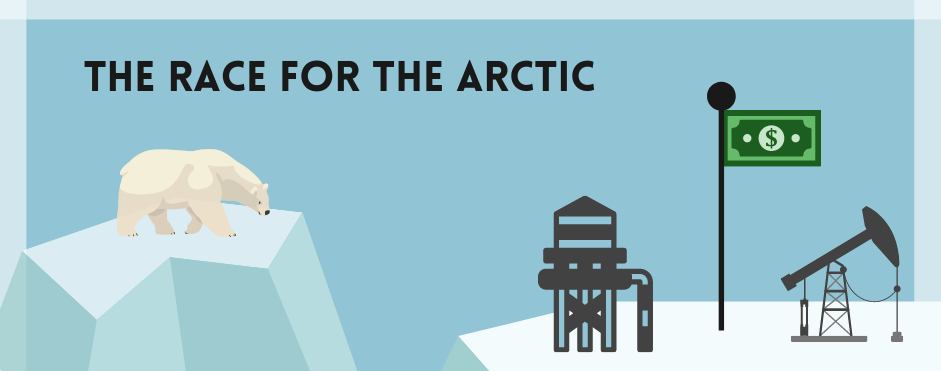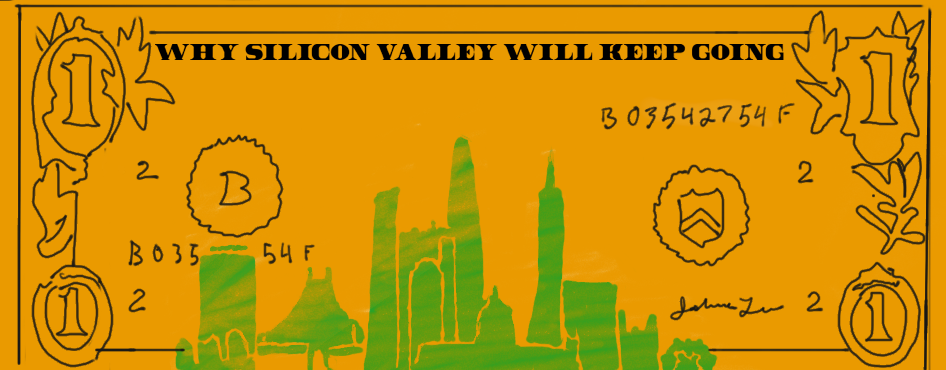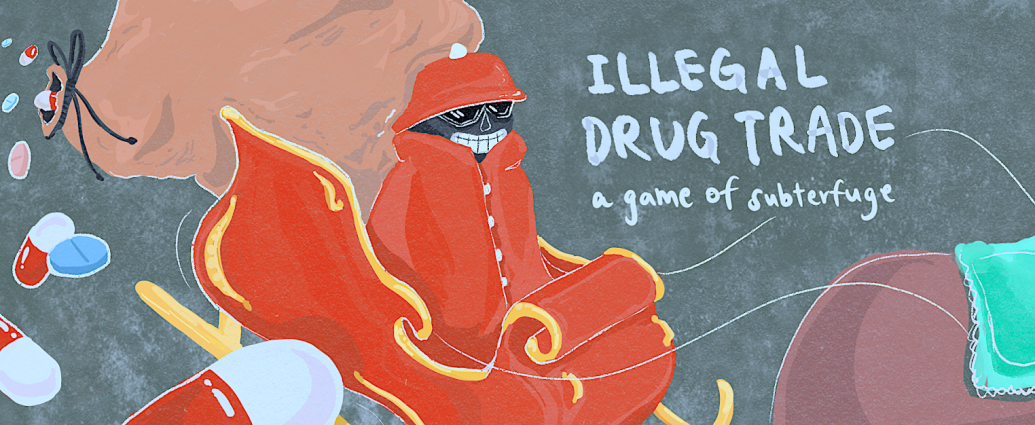The Race for the Arctic
Who owns the Arctic and what exactly is so important about it? As climate change leads to the further melting of Arctic ice, countries are scrambling to stake their economic claim in the region. We examine these claims, explore what is driving the claims in the first place, and give some considerations in regards to the future of the earth’s “last frontier.”Continue Reading




